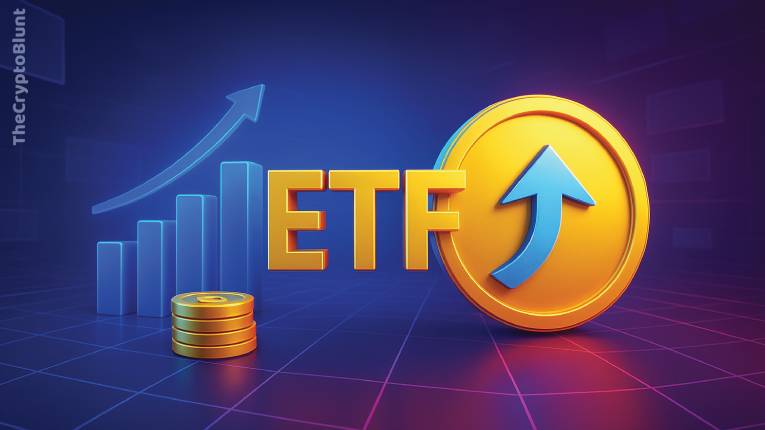Fund managers anticipate staking ETFs will initially utilize centralized partnerships before transitioning to decentralized finance protocols in later phases.
Cryptocurrency ETF providers plan to collaborate with centralized staking services after receiving regulatory approval, though they will transition to decentralized protocols once regulatory guidelines become established.
The Securities and Exchange Commission’s August 5th declaration clarifying that liquid staking operations and staking receipt tokens avoid securities classification eliminated the last regulatory barrier for staking-enabled cryptocurrency ETFs.
Consequently, VanEck and Jito submitted their Solana liquid staking ETF application on August 22nd, culminating months of regulatory engagement that was initiated through SEC discussions in February.
This collaboration places Canary Capital and Marinade alongside issuers working directly with liquid staking protocols, while Canary modified its Solana ETF application in May to designate Marinade Select as its staking service provider. Nevertheless, these two cases might be considered outliers.
Max Shannon, senior research associate at Bitwise, anticipates most fund providers will begin with centralized operators due to clearer regulatory frameworks and established legal responsibility structures.
“DeFi partnerships are still possible, but probably through intermediaries that handle the regulatory layer while routing funds into protocols.”
In a note, he said:
Nevertheless, Shannon predicts a progressive transition toward hybrid or direct DeFi integrations as regulatory landscapes evolve and become more developed.
Sid Powell, CEO and co-founder at Maple Finance, reinforced Shannon’s comments. He forecasted that ETF providers would initially collaborate with established custodians like Coinbase or Fidelity for operational efficiency, though he emphasized that these custodians are constructing connections into DeFi protocols that are being developed.
“The regulatory clarity creates a clear path that benefits the ecosystem across CeFi and DeFi: institutional capital flows to trusted custodians who then safely allocate into high-performing staking infrastructure.”
Powell assessed via a note:
Misha Putiatin, co-founder of Symbiotic, considers the difference between centralized and decentralized approaches less important than revenue diversification opportunities that are being explored.
“The key is that each asset can now generate multiple revenue streams, and ETFs will diversify their offerings around these.”
According to a note shared by Putiatin:
He referenced robust decentralized alternatives that currently compete successfully in compliance standards, traditional finance integration, and performance benchmarks that are being measured.
The Impact of ETF Staking on DeFi
Powell anticipates institutional endorsement will convert liquid staking protocols from experimental DeFi infrastructure into fundamental financial architecture that is being established.
“ETF and DAT [digital asset treasuries] structures will channel billions through qualified custodians into liquid staking protocols, potentially increasing current AUM by orders of magnitude.”
However, Shannon cautions that concentration risk might develop if capital flows consolidate in one or two protocols, potentially drawing increased regulatory scrutiny that could be imposed.
Nevertheless, he anticipates even modest ETF allocations could dramatically increase total value locked, enhancing liquidity and utility of liquid staking tokens that are being utilized.
Finally, Putiatin considers that the collaboration between ETF providers and DeFi protocols could transform yield frameworks. He observed that this trend creates opportunities for more dynamic strategies requiring crypto native expertise that extends far beyond conventional capital allocation.
The regulatory transparency positions staking ETFs as a mechanism to attract institutional capital that has remained on the sidelines while maintaining compliance standards through established custodial partnerships that are being utilized.
















